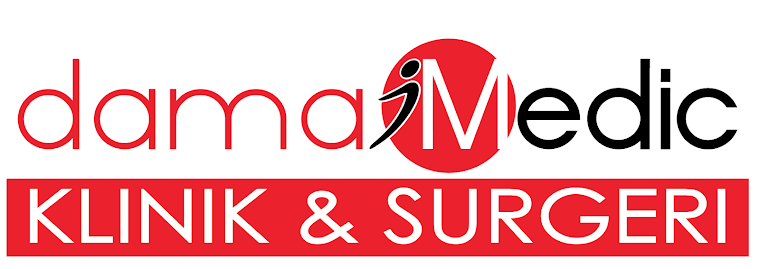Breathing through the mouth causes blood vessels in the nose to become inflamed and enlarged. This, along with an increased secretion of mucus, creates the uncomfortable feeling of nasal stuffiness. When the nose become blocked, it is much more difficult to breath through it, thus perpetuating the habit of breathing through the mouth. Continued mouth breathing results in a more permanent state of nasal congestion, thus completing the vicious cycle.
Nasal obstruction is one of the man symptoms of rhinitis and affects many people on a daily basis. The most common treatments include the avoidance of triggers (such as pollen) and the use of decongestants, nasal steroid sprays, antihistamines or allergy shots, but while these offer symptomatic benefits, they are effective only as long as treatment continues.
Below is a useful breathing exercise to improve symptoms such as nasal stuffiness, poor sense of smell, snoring, trouble breathing through nose, trouble sleeping and having to breathe through the mouth. Please do not practice this exercise if you have pre-existing breathlessness, high blood pressure or other cardiovascular issues, diabetes, pregnant or having any serious health concerns. Like all breathing exercises, the Nose Unblocking Exercise should not be practiced right after eating.
- Take a small, silent breath in through your nose and a small, silent breath out through your nose.
- Pinch your nose with your fingers to hold your breath.
- Walk as many paces as possible with your breath held. Try to build up a medium to strong air shortage, without overdoing it.
- When you resume breathing, do so only through your nose. Try to calm your breathing immediately.
- After resuming your breathing, your first breath will probably be bigger than normal. Make sure that you calm your breathing as soon as possible by suppressing your second and third breaths.
- You should be able to recover normal breathing within two or three breaths. If your breathing is erratic or heavier than usual, you held your breath for too long.
- Wait for a minute or two before repeating the breath hold.
- In order to prepare yourself for the longer breath holds, go easy for the first few repetitions, increasing your paces each time.
- Repeat for a total of six breath holds, creating a fairly strong need for air.
Generally, this exercise will unblock the nose, even if you have a head cold. However, as soon as the effects of the breath hold wear off, the nose will likely feel block again. By gradually increasing the number of steps you can take with your breath held, you will find the results continue to improve. When you are able to walk a total of 80 paces with the breath held, your nose will remain decongested. Eighty paces is actually a very achievable goal, and you can expect to progress by an additional 10 paces per week.
Adapted from "The Oxygen Advantage" by Patrick McKeown




























